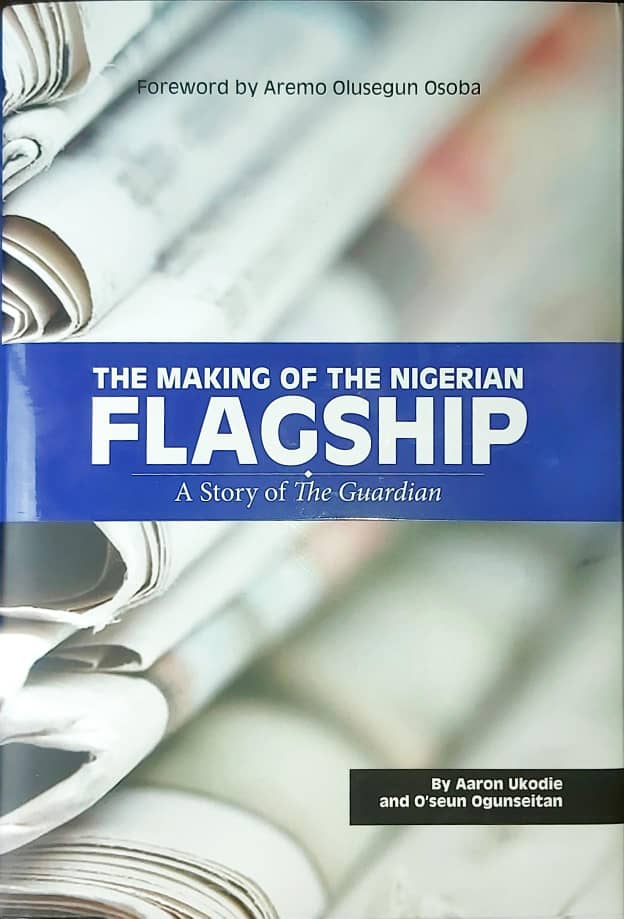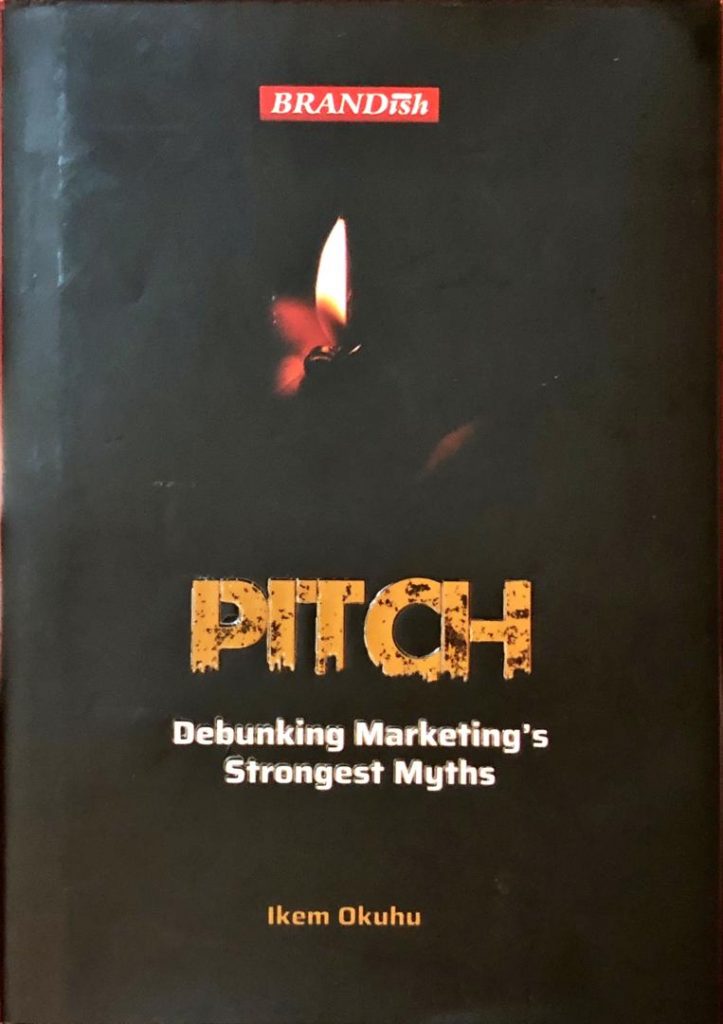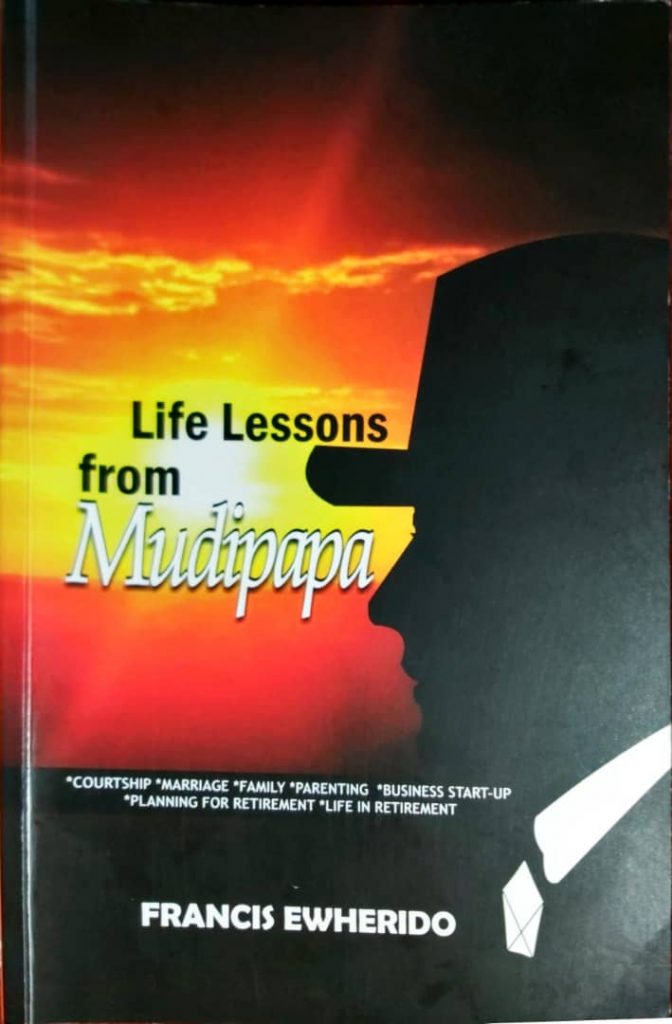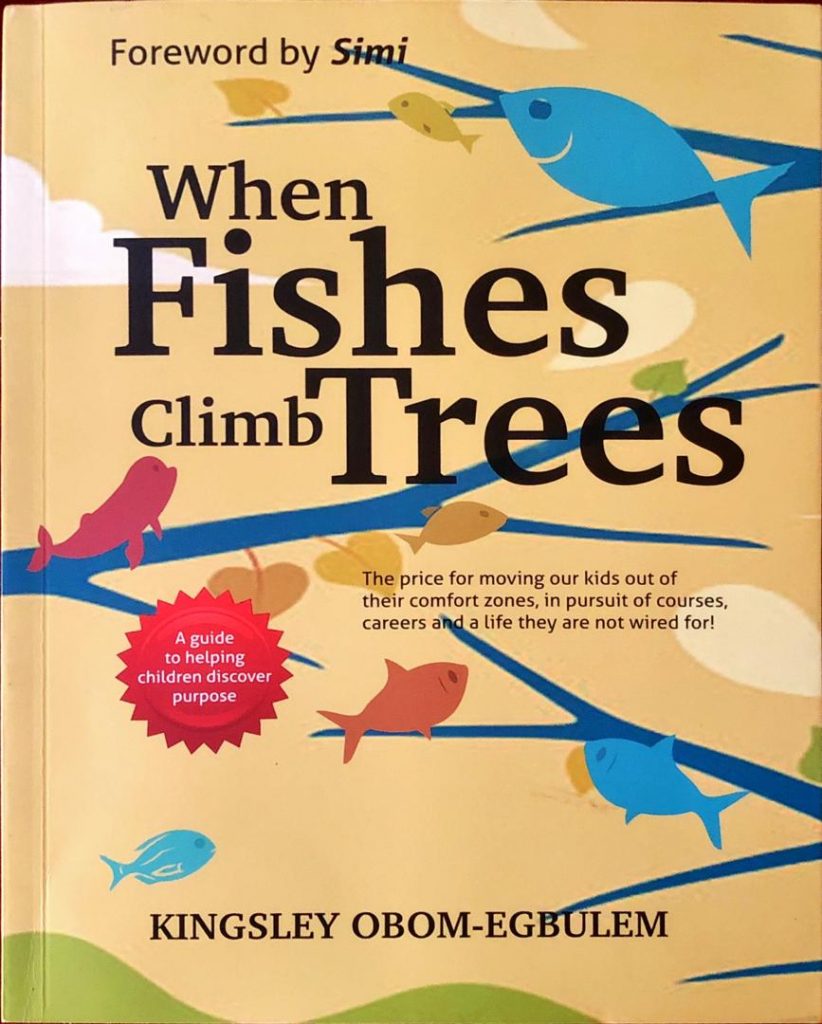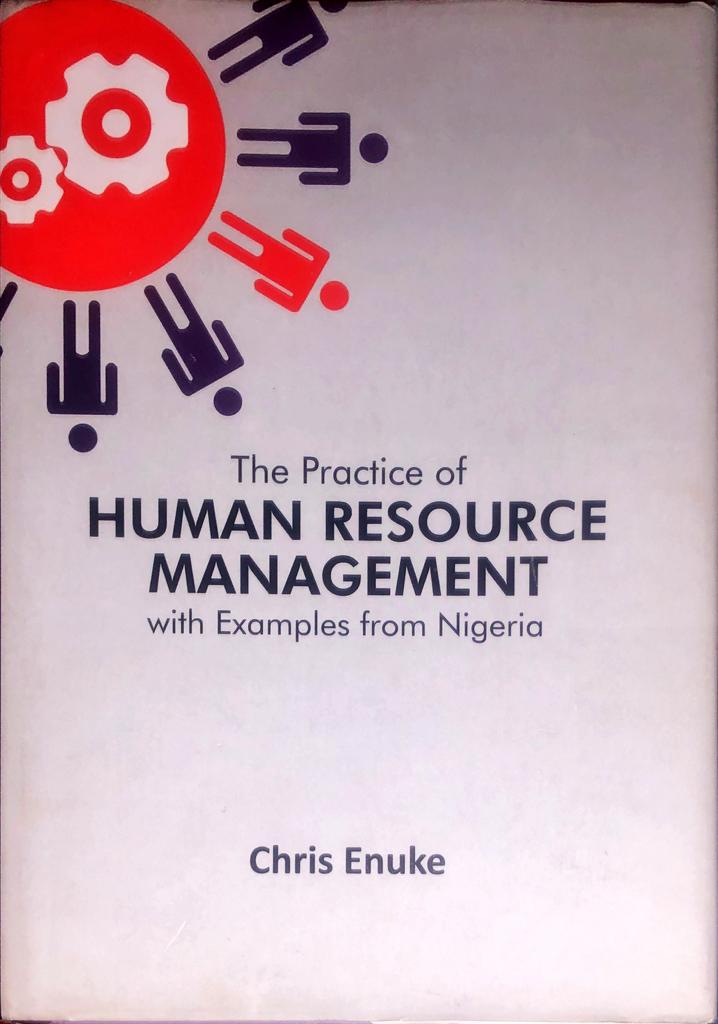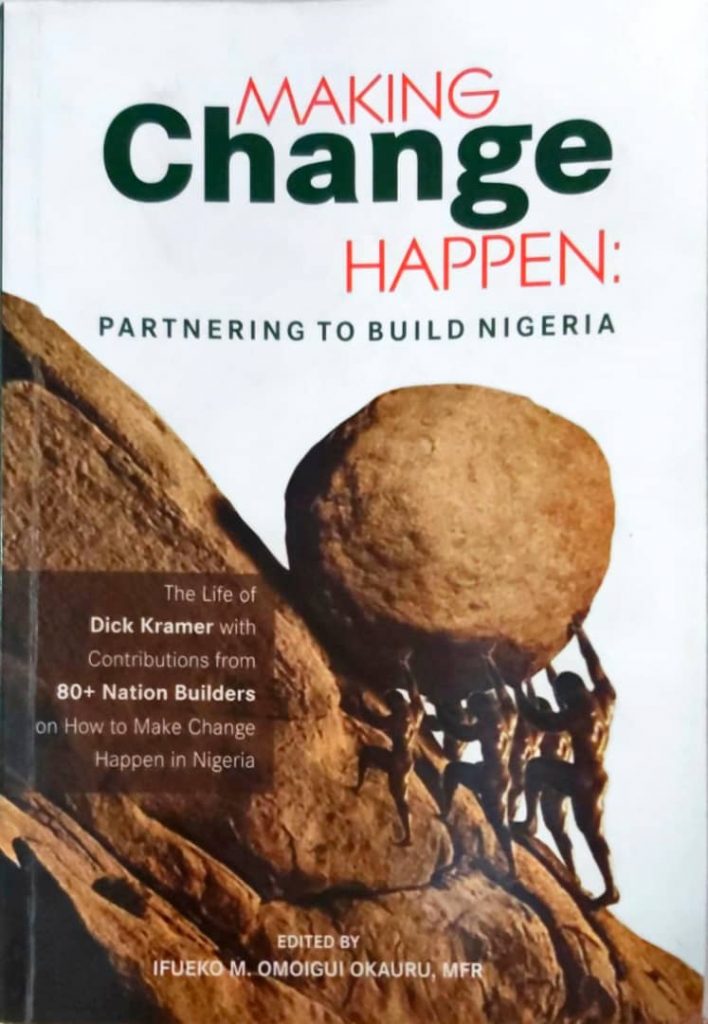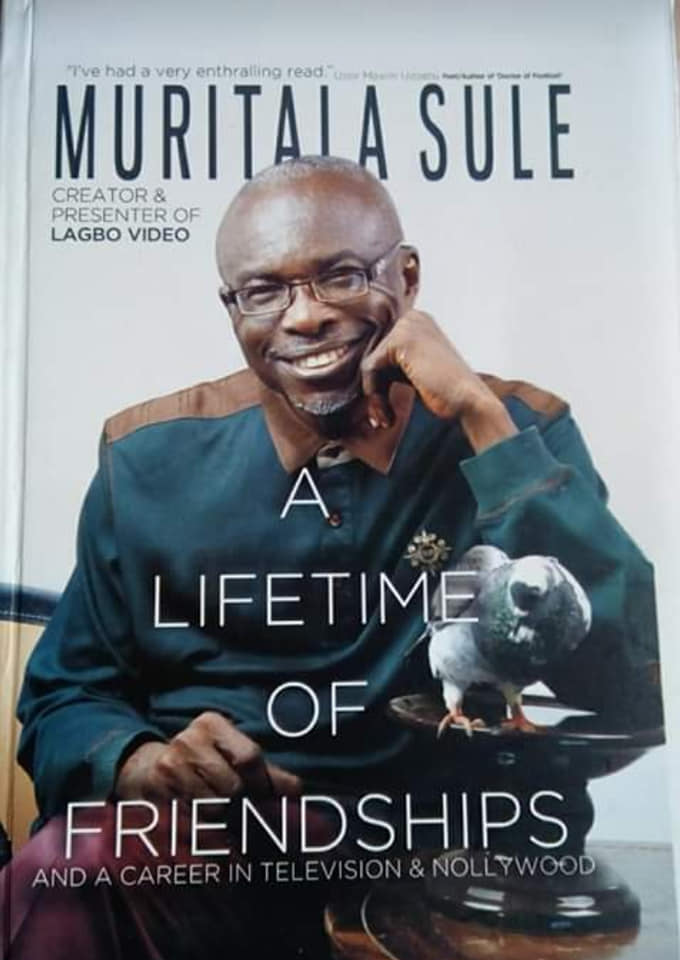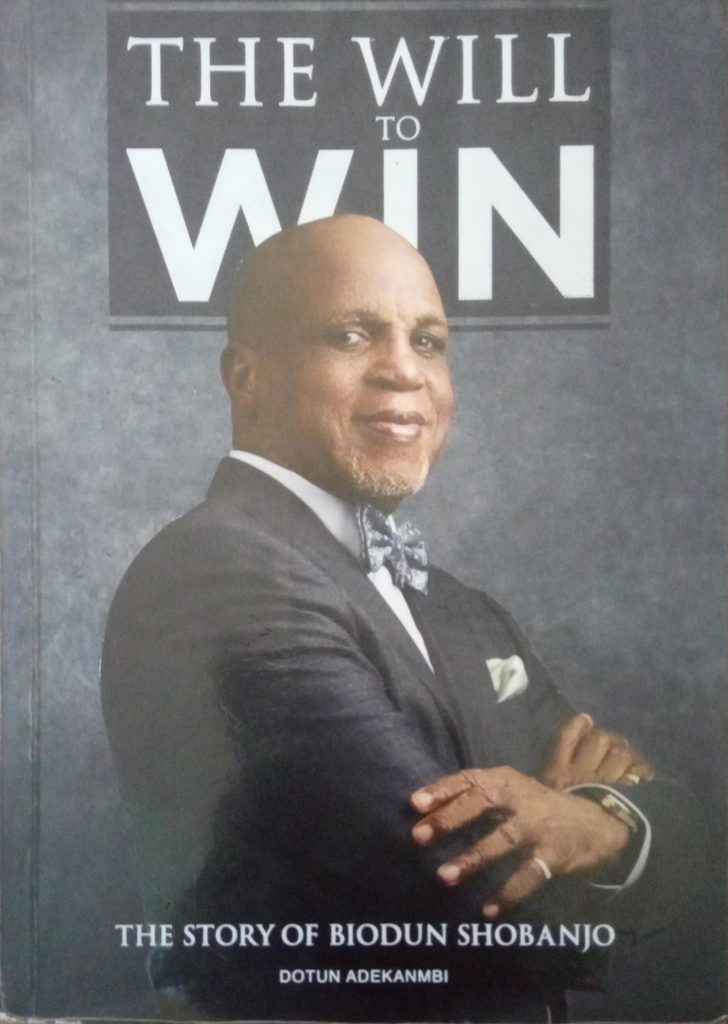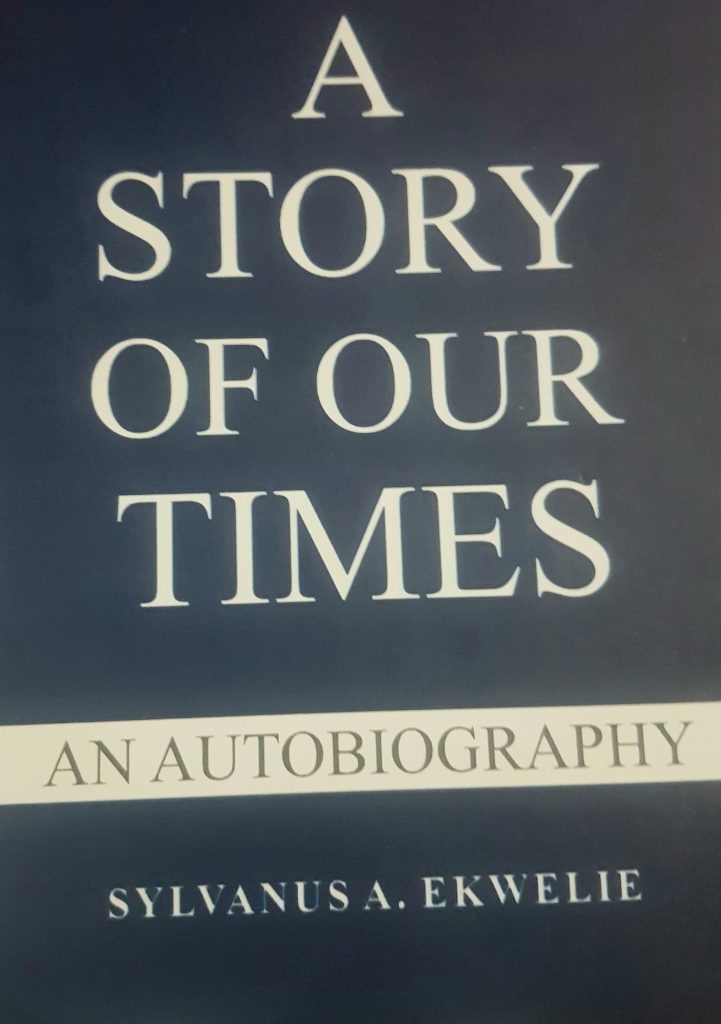By Chido Nwakanma
Thirty-three years later, copies of ThisWeek still look contemporary with the
right features. The journal strikes with its colourful design and presentation. The
appearance of the magazine was one of its selling attributes in those days. It was
bright, entertaining, brilliant and distinct.
The appearance was part of its design, mission and positioning. ThisWeek set
out to offer the reader in Nigeria a magazine of global standards in news
gathering and presentation. It was the first all-colour glossy news magazine in
the country. There had been a few attempts at producing magazines in colour,
but they were in the areas of soft news. Those earlier efforts included Ophelia,
Drum and such-like.
ThisWeek came on stream in the roaring 80s of the New Journalism in Nigeria.
The 1980s witnessed the triumph of private enterprise in the Nigerian print
media. Many newspapers entered the market to considerable acclaim and
success. The Punch came out in the 70s and showed in the fourth era of
Nigerian private newspapers that it was possible to do what the papers of the
second and third era such as The West African Pilot and Nigerian Tribune did.
State ownership was the norm in the 70s when The Punch broke the mould. The
new private newspapers thus built on the success of The Punch in that era as it
competed against well-funded and established players such as Daily Times and
Nigerian Tribune. They included National Concord, The Guardian, The
Republic, Vanguard, Daily Champion and many regional players such as
Satellite in Enugu.
Lagos was the epicentre, as it has been since Jamaican educationist and
businessman Robert Campbell began publishing the Anglo-African in 1868. The
first newspaper published in Lagos, Anglo-African had a short shelf-life of only
two years. Interestingly many of the papers of the 1980s also fell by the wayside
in short duration.
Enter ThisWeek a year after Newswatch. Newswatch defined a new terrain as the
first weekly news magazine in the tradition of American journals Time and
Newsweek.
Mission and Vision
The new magazine was fresh and determined to follow in the best traditions of
magazine journalism. Publisher Nduka Obaigbena saw the magazine as print
journalism’s answer to television mostly because it could offer the colour that
newspapers lacked then. He wrote in ThisWeek, preview edition, June 2, 1986:
The television has influenced the way we see the news, views,
events and places. Television has brought the world closer, news
alive; this is good, but television is transient. Like quicksilver,
the images come and go. Sooner or later, they blur in our vision.
Magazines fail when they try hard to look like newspapers,
report news as newspapers do; when they try very hard to be like
television, interpret events as television does, briefly, quickly,
too transient and momentary to make the difference. Magazines
must be magazines. They must bring colour and drama to news;
they must bring style and craftsmanship. Magazines must bring
home the nuances, the environment, the mood; they must bring
them in the way you can feel the news, see the news, interpret
the news and hold the news in your hands. Magazines must give
you the desire to get back to the news, the events, to see them
again and again without feeling lost in the quagmire of history.
That is THISWEEK and its mission. Thinking about Nigeria, of
national problems and a wind of change, coming quietly,
refreshingly and assuredly. One thinks of the magazine, not the
ones that try to look like newspapers or the ones that apes
television. One thinks of THISWEEK. 1
The vision was clear. ThisWeek would be as entertaining as television and offer
“colour and drama” as well as style and craftsmanship to news coverage and
presentation.
Its first issue out to the public commenced with a people-centric and colourful
cover. “Who leads Nigeria?”, it asked, with photos of ten leaders. It was
dramatic. Obaigbena continued to spell out the vision. He stated, “Nigeria
needed a newsmagazine that would uplift the national mood and articulate the
Nigerian viewpoint on world affairs. A magazine whose language and style are
lucid; presentation, lively; photographs, captivating.” 2
To fulfil the promise of its mission statement, ThisWeek offered full colour
initially and then many colour pages at the beginning of sections such as Top of
This Week (its cover story), Economy and Business, Photo of The Week and
Spectrum. Spectrum was particularly colourful. This Back of the Book section
brought human interest or slice-of-life content: fashion, literature and the arts,
sport, people, reviews. It was breezy.
ThisWeek followed hallowed traditions in journalism for magazines. It had a
one-week lead time that enabled it to pursue stories and offer more depth than
the newspapers had done. Even as a weekly, it sought to beat the dailies to
breaking news, but more so with analyses. It was outstanding in the early days
with coverage of Economy and Business with its star cast including Lawson
Omokhodion, Emeka Anunkor and the young Sheikh Abutiate and, later, Nkem
Ossai. It published stories that resonated with audiences across the country
including a profile of the Ransome-Kuti siblings active in the social space.
When the former Premier of the Western Region died, it devoted three issues of
the magazine to the life and times of the phenomenal leader. Its team was the
first to arrive Ikenne following announcement of the death of Chief Obafemi
Awolowo in 1987.
Its columnists clarified the issues of the day and took forthright positions, often
against the leaders of the day. They interrogated policies and pronouncements.
They included the editor, Sonala Olumhense, Tunji Lardner, Lanre Idowu, and
Pini Jason. Soon, its pages became what UNESCO describes as a “forum for
debate and discussion” with many external contributors ventilating their
opinions. They included Dr Chichi Ashwe, Jonathan Ishaku, Dr Imonitie
Imoisili, and Abba Dabo, among others.
ThisWeek had the courage to run stories that touched raw nerves. It exposed the
scandalous divorce of a then sitting governor and naval officer. It explored the
matter of the mystery of Glory Okon, the changing sexual mores and the pursuit
of imaginary Robin Hood armed robber Lawrence Anini. Its story on the riots in
Kaduna that forced then President Ibrahim Babaginda to return from a foreign
trip drew the ire of the Islamists. It was one of the first signs of a growing
Islamic fundamentalism that would manifest fully a few years down the line.
Bureaus in Benin, Port Harcourt and Kano ensured broad coverage of the
nation. Abdul Oroh manned Benin, Chido Nwakanma was in Port Harcourt
while Abdulrazaq Bello Barkindo covered Kano.
Style and presentation
In style and presentation, it had the characteristics of magazines. As itemised by
Baskette, Scissors and Brooks 3 , these include
Use of a better grade of paper. The cover paper was heavier than the paper
for inside pages.
Use of more colour, not only in illustrations but in type and decoration as
well.
Dominant use of illustrations. ThisWeek had some of the best illustrators,
cartoonists and artists in the industry then including Obi Azuru, Paul Adams
and Tayo Fatunla
Display that allowed the magazine to breathe. “Magazines use air or white
space to emphasize text and illustration much more often than newspapers”.
Magazines vary typefaces to help depict the mood, tone or pace of the story.
They use initial capital letters to help readers turn to the message or to break
up columns of type. They wrap type around illustrations.
Magazines may use reverse plates (white on black) or use display type over
the illustration for display headings or even text.
Magazines may vary the placement as well as the design of the headline.
Stylistic writing and presentation were one of the journal’s strong suite. It
embellished this with good photography and colour. Here is part of a
sample report on the People pages in the issue of February 23, 1987.
“UNLESS of course it is where Chief Moshood Kasimawo Olawale (the M.K.O
himself) Abiola is being conferred with a chieftaincy title, a controversial one or
not, you can be sure that where two or more of the elites are gathered, it is a
polo ground. Or, more especially, one at which trophies and prizes are at stake.
“Of course, you can also be sure of the presence of all tribes of caps -red, black,
white, colourless, multicoloured, tall and short and well, bald pates.
“So, there they were: former governors -0military and civilian; former federal
and state administrators; former and current service chiefs; money bags; power
brokers and all. There they were, live and in full colour: either as spectators or
active participants. Forget that some of them were not conversant with the rules
of the game or its lingo. To be there or not to be there, that was the question. So,
the presence of babanriga, aso oke, guinea brocade, tall caps, short caps and all.
“It was the 1987 edition of Lagos Polo Tournament held between January 31
and February 8 at its usual venue: Lagos Polo Club, Ikoyi.”
A strength that became a weakness
Excellent production quality was a strength of ThisWeek. It produced every
week a glossy colour magazine that stood out on the newsstands. Readers
loved it and willingly paid the extra that ThisWeek charged in its cover
price. Readers considered it a worthwhile investment.
However, that production quality came at a high price in several ways.
Copy Chief Taiwo Obe added to his job the duty of travelling every week to
London to oversee printing of the magazine. It was strenuous and involved
many risks including the logistics challenge of flight schedules, arrivals and
delivery to vendors.
The ultimate risk that became the undoing of the paper was the fluctuating
exchange rate of the Naira. The introduction of the Second-Tier Foreign
Exchange Market and other measures to manage forex supply led to
exchange rate volatility that inhibited planning. There was also scarcity of
foreign exchange. Planning became difficult, and affected payments to
printers abroad. It became unsustainable. Shift to local printing did not
deliver the comparable quality. It was one of the reasons ThisWeek soon
kissed the canvass.
The Entertainment function
Entertainment is one of the prime functions scholars, as well as audiences,
ascribe to the mass media.
The media derives its importance both from its pervasive influence and the fact
of the roles that they play in modern societies. Media play important roles
generally categorised into information, education and entertainment. But there
is more to the function of the press than this shorthand.
McQuail and scholars such as Harold Lasswell, Charles Wright and Wilbur
Schramm have listed five essential functions. 4 The five primary functions of the
media involve information, correlation, continuity, entertainment and
motivation.
- Information. The media provides information about events and conditions
in society and the world as its primary remit. While doing so, the
placement of stories and the attention they get indicates relations of
power. In its information role, the media also facilitates innovation,
adaptation and progress. - Correlation. The media serve a sociological purpose in its correlation
role. The media explains, interprets and comments on the meaning of
events and information. It helps with the socialisation of its audiences –
providing support for established authority and norms, building
consensus and setting orders of priority. - Continuity. Maintenance of societal norms is one of the subtle yet
essential roles of the media. Reports express the dominant culture while
recognising sub-cultures and new cultural developments. A focus on the
prevailing cultures ensures continuity of norms and practices
- Entertainment. Entertainment is a significant function of the media.
Media content provides amusement, diversion and the means of
relaxation. It helps to reduce social tension. Across the world in recent
years, the entertainment function of the media has taken centre stage. It
manifests in soft-sell journalism in print and various programmes focused
on music, dance, drama, humour and such, at the apex of which arose the
concept of reality television. - Mobilisation. The mobilisation function of media is a source of serious
disputation. While authority figures such as, in particular, African
governments want the media to use their platforms to campaign for
societal objectives in the sphere of politics, war, economic development
and citizen mobilisation, they do so only as long as it is favourable to
them. When the media engages in mobilisation based on its reading of the
social need and such does not favour the government, it becomes
contentious. Indeed, such governments accuse the media of serving the
opposition or their interests.
ThisWeek as a medium fulfilled the functions of communication further
identified and adumbrated by the UNESCO team that studied social and
international communication challenges in the late 70s, releasing its report in
- The Sean MacBride Commission said communication serves these
functions. They are information; socialisation; motivation; debate and
discussion; education; cultural promotion; integration; and entertainment. 5
The McBride Report stated of the entertainment function as “the diffusion,
through signs, symbols, sounds and images, of drama, dance, art, literature,
music, comedy, sports, games etc for personal and collective recreation and
enjoyment.”
Recent scholarship offers a more elastic definition of the entertainment
function of the media. This reading draws on various theoretical
foundations. The entertainment function of the media functions for the
reader under the theory of Uses and Gratifications. Each reader derives
specific gratifications from a magazine such as ThisWeek and uses it for his
purposes. Some use it for research, others to keep abreast of events, and
some in letters to the editor commended the magazine for the quality of
production. They found the colour, photography and presentation appealing.
The appeal of ThisWeek in its entertainment function supports the thesis of
Harold Mendelsohn who propounded the Mass Entertainment Theory
(1966). 6 Even as it focused mainly on television, the mass entertainment
theory asserted that television and other mass media such as magazines
perform a vital social function of relaxing and entertaining average people.
Magazines such as ThisWeek offered entertainment merely as a fall out of
their focused reportage and analyses. The entertainment featured in cartoons
and illustrations, in satirical commentary and in nuanced reportage.
Production values of balance, white space, contrast and producing an
attractive publication added to the appeal.
In later years and in contemporary times, entertainment has become even
more central to media, with print trailing broadcast.
ThisWeek was a composite avant-garde publication. It made a strong mark and
retains a place of reckoning in the history of the Nigerian media. It is not a
surprise but a testament to the tenacity and vision of the publisher Prince Nduka
Obaigbena that he would return to the marketplace a few years later, 1995, with
a very strong newspaper brand, Thisday. ThisDay pushed the envelope in
entertainment by holding its branded events with local and international artistes
as well as awards events that recognise high achievers. It was confirmation of
the entertainment strength of its forebear and continuation of a trajectory.
1 Nduka Obaigbena, “The World According to Nigeria”, THISWEEK Preview, June 2, 1986
2 THISWEEK, “Who leads Nigeria?”, Vol 1, No 1, July 21, 1986.
3 Denis McQuail (2005), McQuail’s Mass Communication Theory, Fifth Edition. London: Sage
Publications.
iv. Sean McBride et al, Many Voices, One World, Ibadan/Paris: Ibadan University Press/The
UNESCO Press, 1990.
v. Floyd K. Baskette, Jack Z Scissors and Brian S. Brooks (1990), The Art of Editing, Sixth
Edition. Boston: Alyn and Bacon.
6 . Stankey J. Baran and Dennis K. Davis (2012), Mass Communication Theory: Foundations, Ferment and Future,
6 th Edition. London: Wadsworth Cengage Learning.
Chido Nwakanma profile
Chido Benedict Nwakanma is a communications strategist, journalist,
scholar and marketer with 34 years media and industry experience.
Nwakanma runs Blueflower Limited strategic communication. He was
Chief Executive of Taijo Wonukabe Limited; Export, Institutional Sales
as well as Media Relations Manager at Cadbury Nigeria plc. He was also General Editor of BUSINESS and regional correspondent (PH) for
ThisWeek magazine.
Nwakanma is President of the International Association of Business
Communicators, Nigeria and a past President of the Public Relations
Consultants Association of Nigeria, PRCAN, 2012-2014. He is also
adjunct faculty at the School of Media and Communication, Pan Atlantic
University, Lagos.
